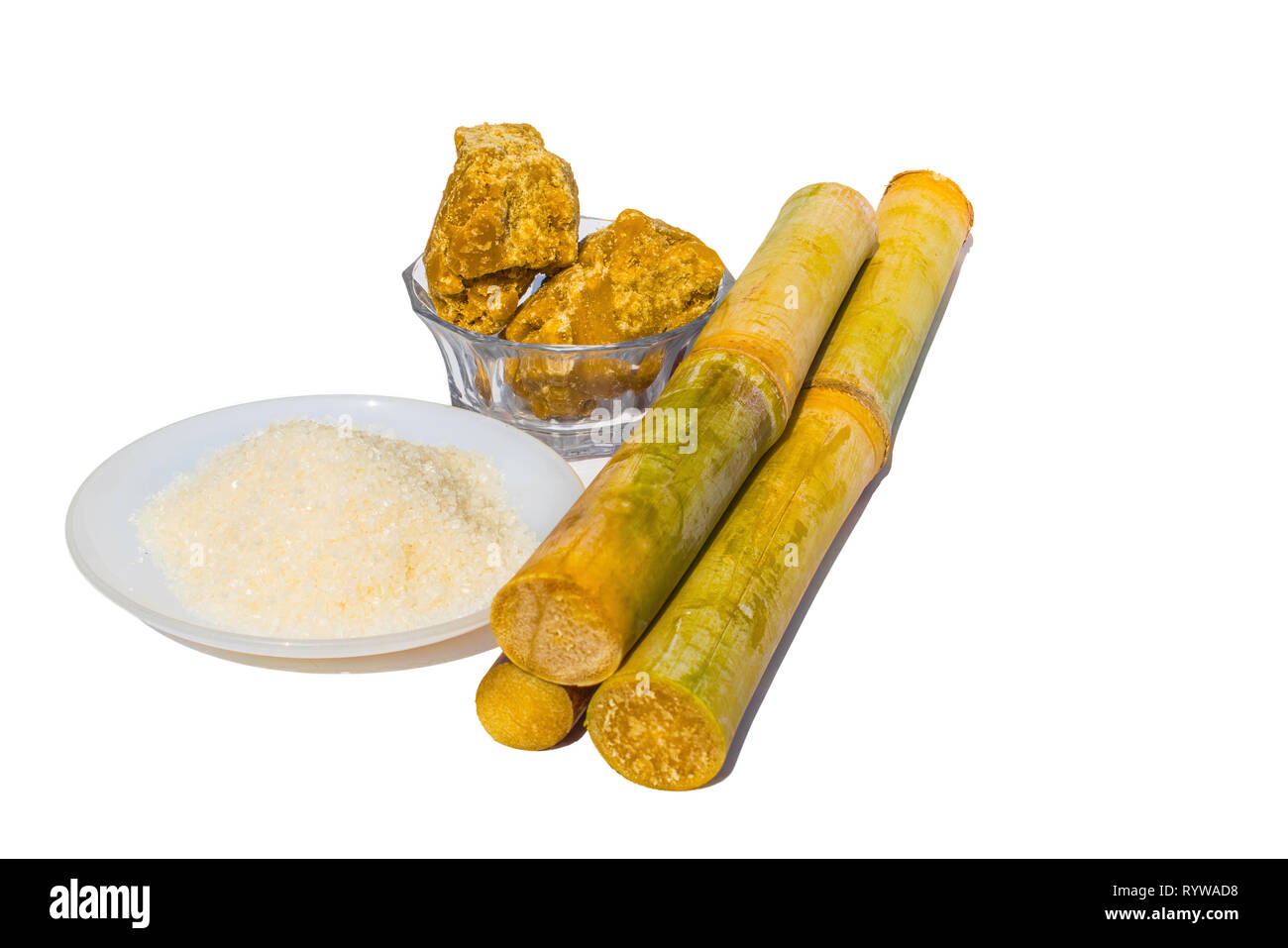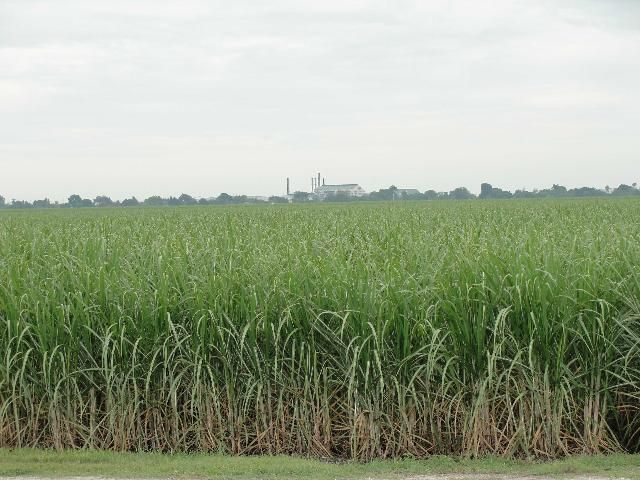Understanding the Production Process of Sugarcane Product for Buyers
Understanding the Production Process of Sugarcane Product for Buyers
Blog Article
The Trip of Sugarcane: From Harvest to Everyday Products
The trip of sugarcane is a multifaceted procedure that starts with thorough growing and culminates in a selection of items that permeate our day-to-day lives. As we check out the numerous facets of sugarcane's trip, its function in sustainability and the broader implications for our atmosphere come into sharper focus.
Farming of Sugarcane
The growing of sugarcane is a critical farming process that requires particular environmental conditions and administration methods. Optimum development happens in tropical and subtropical areas where temperature levels vary between 20 ° C and 32 ° C. Adequate rainfall or irrigation is crucial, as sugarcane thrives in damp dirt with well-drained problems (sugarcane product). Soil top quality substantially influences yield; hence, farmers usually carry out soil examinations to figure out nutrient requirements
Growing normally takes place in rows, using stem cuttings called setts, which are planted horizontally. This approach assists in reliable harvesting and optimizes sunlight exposure. Crop rotation and intercropping are recommended methods to boost soil fertility and reduce bug infestations. Farmers utilize integrated pest administration strategies to reduce chemical inputs while making sure healthy and balanced plant advancement.
Timely application of these fertilizers can significantly improve sugar yields. In general, successful sugarcane growing hinges on a combination of ecological stewardship, tactical preparation, and ongoing management practices.
Collecting Techniques
Successful sugarcane farming culminates in the gathering phase, which is essential for making the most of yield and ensuring top quality. The timing of the harvest is critical; sugarcane is normally gathered when sucrose levels peak, normally in between 10 to 18 months after planting. This duration differs based on environment, dirt kind, and sugarcane range.
Collecting strategies can be broadly categorized into handbook and mechanical techniques. Manual harvesting is labor-intensive, counting on knowledgeable employees who make use of machetes to cut the stalks short. This approach enables for careful harvesting, where just the ripest walking sticks are chosen, thus improving general sugar material.
Alternatively, mechanical harvesting has actually acquired appeal due to its effectiveness and cost-effectiveness. Specialized farmers equipped with cutting blades and conveyor systems can refine big areas rapidly, dramatically lowering labor expenses. This approach may lead to the addition of premature canes and a prospective decline in sugar quality.

No matter the method employed, guaranteeing that harvested walking canes are delivered quickly to refining centers is essential. Motivate handling decreases spoilage and protects the integrity of the sugarcane, establishing the stage for ideal handling.
Processing Techniques
Handling sugarcane involves several essential actions that transform the gathered stalks into useful products, mainly sugar and molasses. The initial stage is washing the walking cane to eliminate soil and particles, followed by the removal of juice through crushing or milling. This procedure typically uses hefty rollers that break Go Here the walking stick fibers to release the sweet fluid contained within.
Once the juice is extracted, it undergoes information, where impurities such as soil particles and bagasse are eliminated. This is commonly attained by adding lime and heating the juice, permitting sedimentation. The cleared up juice is after that focused through dissipation, where water material is lowered, causing a thick syrup.

Inevitably, the handling of sugarcane not only produces sugar and molasses yet likewise prepares for various by-products, which will be discovered in subsequent conversations.
Products Derived From Sugarcane
Sugarcane is a functional crop that generates a large selection of items past simply sugar and molasses. Amongst the main byproducts are ethanol and biofuels, which have actually obtained prestige as renewable resource resources. Ethanol, generated through the fermentation of sugarcane juice, serves as a different to fossil gas and is usually blended with fuel to create cleaner-burning gas, decreasing greenhouse gas emissions.
Additionally, sugarcane is a considerable resource of bagasse, the coarse residue continuing to be after this article juice extraction. Bagasse is made use of in numerous applications, including the manufacturing of paper, eco-friendly packaging, and as a biomass gas for energy generation. Its usage not just decreases waste however additionally boosts the sustainability of sugarcane handling.
In addition, sugarcane-derived items include the food industry, where it functions as a natural flavor agent and sugar in numerous culinary applications. In the world of cosmetics, sugarcane removes are incorporated into skin care products because of their natural exfoliating homes.
Environmental Effect and Sustainability
The growing and handling of sugarcane have significant ramifications for ecological sustainability. This plant calls for substantial water resources, typically causing deficiency of regional water products and affecting surrounding ecosystems. Furthermore, using fertilizers and chemicals in sugarcane farming can result in dirt degradation and waterway contamination, positioning risks to biodiversity.

Sustainable sugarcane farming additionally promotes dirt wellness with crop rotation and minimized husbandry, boosting carbon sequestration. The adoption of these techniques not just sustains ecological honesty however additionally improves the strength of farming neighborhoods versus environment change.
Conclusion
In recap, the trip of sugarcane incorporates numerous stages from cultivation to handling, inevitably resulting in a broad array of items. The relevance of sugarcane expands past mere sugar, adding to renewable energy via ethanol manufacturing, lasting packaging by means of bagasse, and natural extracts for cosmetics. This multifaceted plant plays an essential duty in both dietary enrichment and environmental sustainability, highlighting its significance in modern agricultural and commercial practices.
Effective sugarcane cultivation finishes in the gathering phase, which is pivotal for making best use of return and guaranteeing quality. The timing of the harvest is important; sugarcane is usually collected when sucrose levels peak, normally in between 10 to 18 months after growing.Processing sugarcane entails a number of crucial steps that change the collected stalks into usable products, primarily sugar and molasses.Sugarcane is a functional crop that yields a vast range of items beyond simply sugar and molasses. Additionally, the usage of plant foods and pesticides in sugarcane farming can result in soil degradation and waterway contamination, posturing threats to biodiversity.
Report this page